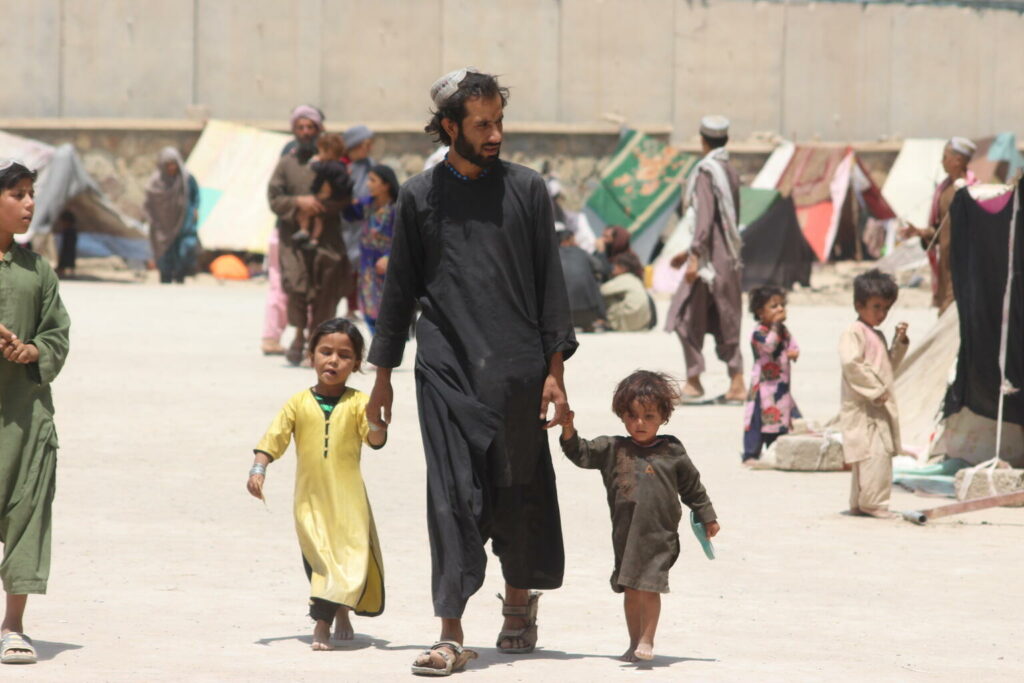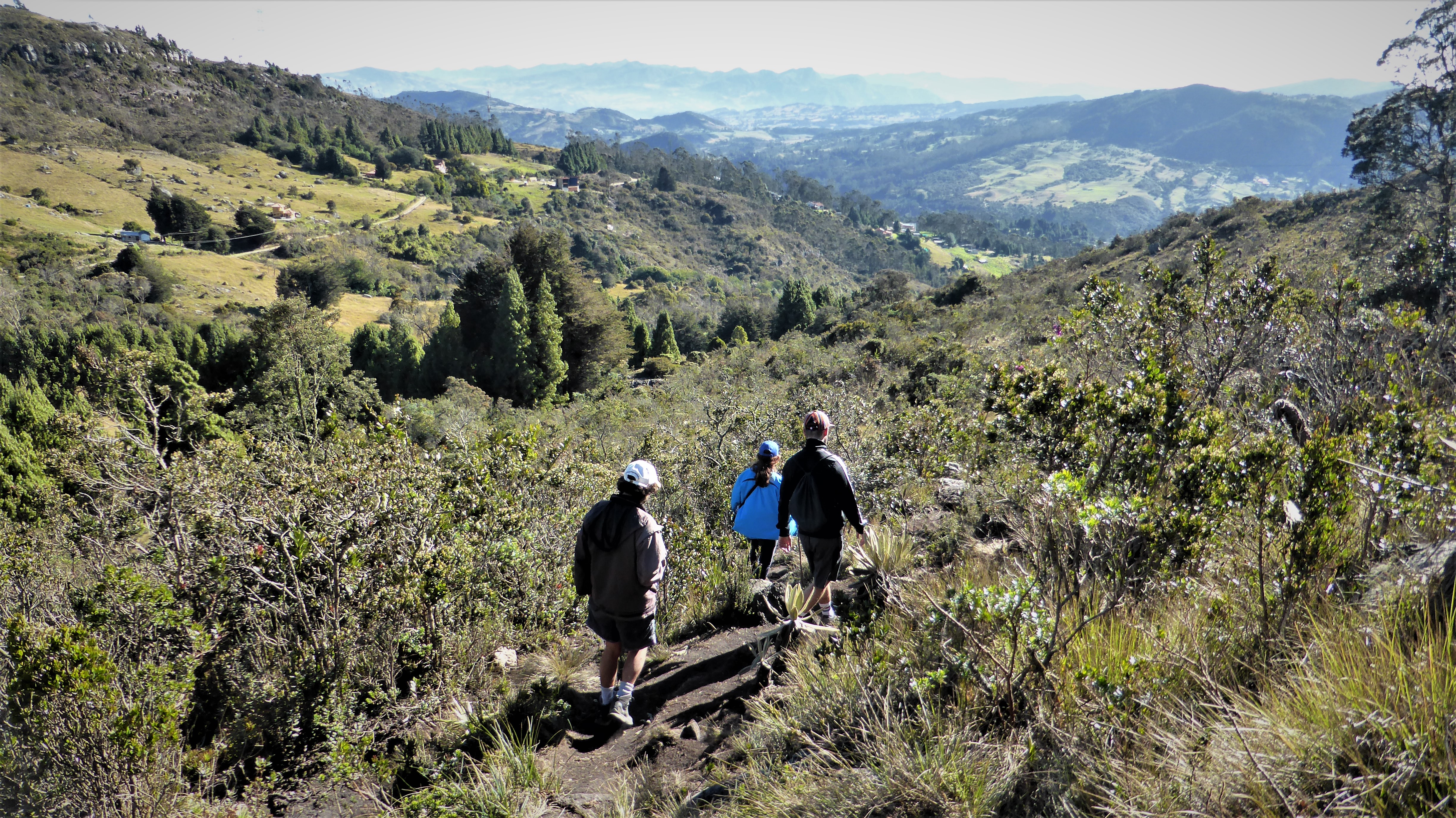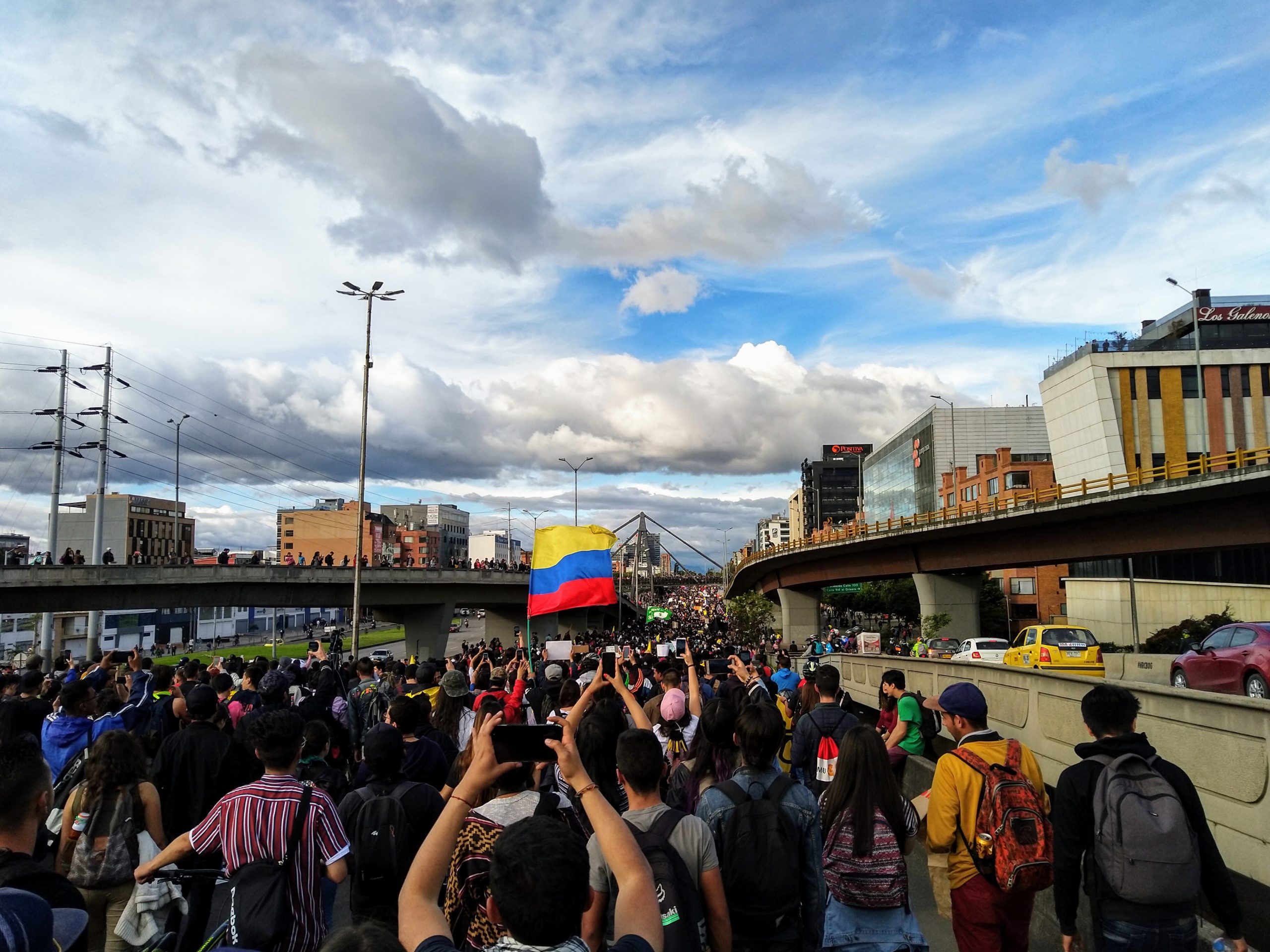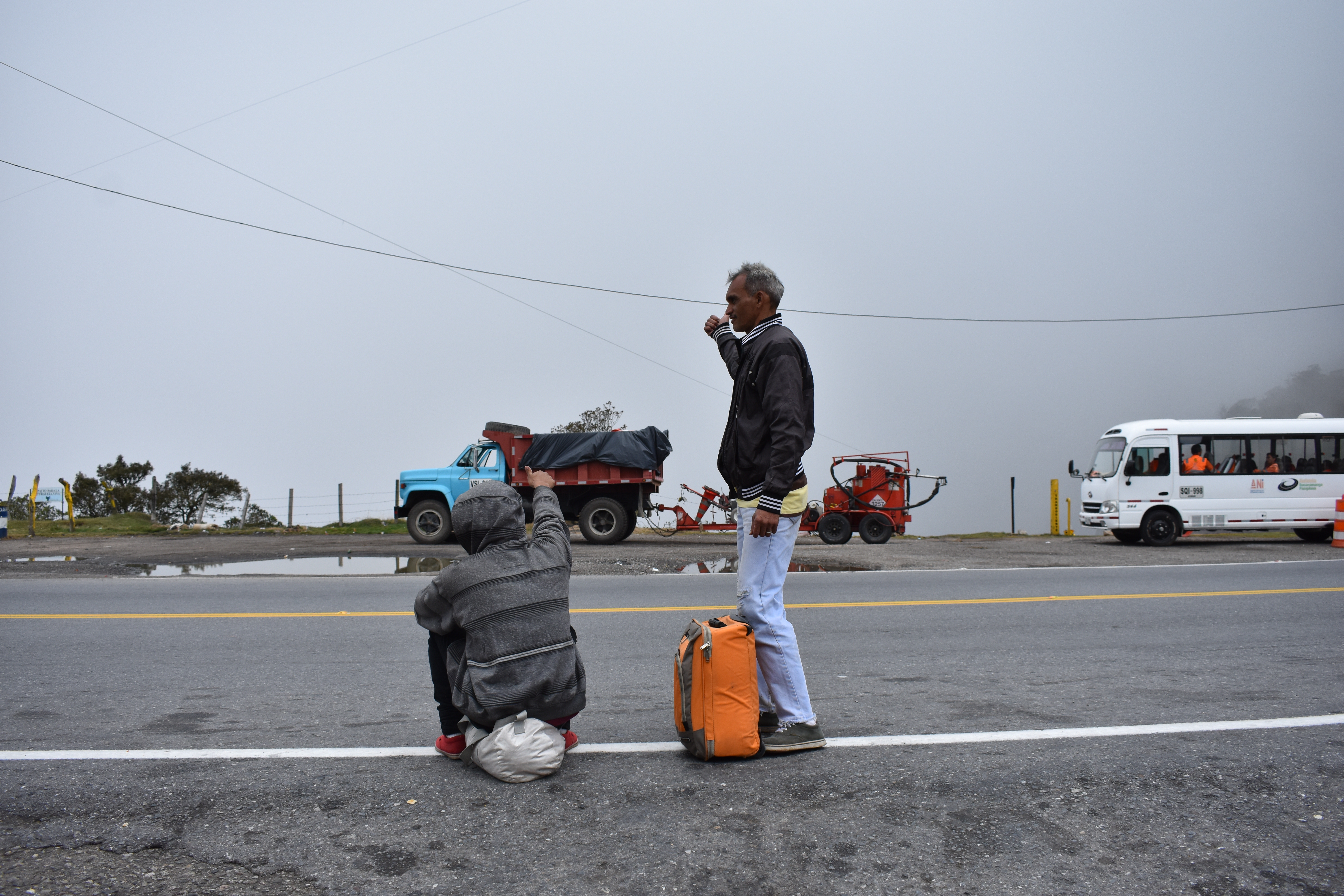The only thing we know for sure right now is that Colombia will provide temporary shelter for Afghan evacuees en route to the US.

As many Afghan citizens scramble to leave the country after the Taliban took back power, various countries, including Colombia, have agreed to help. Over 80,000 people have been flown out of Afghanistan in recent weeks.
President Iván Duque said last week that Colombia would receive an undefined number of Afghans on a temporary basis as they transit to the US. While no official figures have been released, the Wall Street Journal says Colombia has agreed to receive as many as 4,000 Afghans.
Tens of thousands of Afghans worked with the US government during 20 years of a US-led military coalition. Many may be eligible for special immigrant visas, but these will take time to process.
Those who already have visas can go straight to the US. Others will be sent to transit hubs like Colombia where they will stay while their paperwork is processed. Various countries, including Albania, Kosovo, northern Macedonia, Uganda, Costa Rica and Qatar have agreed to provide temporary housing for the evacuees.
Duque stressed that the US would bear all the costs involved in accommodating the Afghan migrants. “The United States will not only cover all the costs of caring for these people, but will also ensure it is diligent in all its processes, so the people who receive this shelter temporarily can arrive quickly to their country [the US] to regularize their immigration status,” he said.
Details are thin on the ground
Although US troops are scheduled to finish their withdrawal from Afghanistan by August 31, there’s no information yet on when the Afghans might reach Colombia.
Vice President and Foreign Minister, Marta Lucía Ramírez, told press on Monday that they don’t know how many people will arrive; when they will come; or what the breakdown of men, women and families will be. Indeed, the only thing they know for sure is that these people are coming and Colombia needs to be prepared.
“We need this vulnerable population who come from Afghanistan to arrive in a place where they feel welcomed, where they can stabilise themselves, where they can put their lives, feelings, heads in order, and get ready for the challenge of a new life in the United States,” she said.
Ramírez explained that while Barranquilla and Cali have offered to welcome the evacuees, the ideal scenario would be to keep them together so they could support one another. The vice president suggested Bogotá might be an option, but stressed no plans could be made until exact numbers are known.
Colombia’s migrant situation
Those familiar with Colombia may be wondering how it could accommodate 4,000 Afghan migrants when it is already overwhelmed by arrivals from Venezuela.
According to the UN, Colombia hosts an estimated 1.7 million of the 4.6 million Venezuelan refugees. Colombia did announce earlier this year that Venezuelans could apply for Temporary Protection Status, which would give them access to healthcare and the possibility of employment. However, many migrants struggle with poverty, a lack of social and economic protections, and unemployment.
According to research by Brookings, international monetary support for Venezuelan refugees has been a lot lower than for other crises. It estimates that the total funding per refugee came to $3,150 per Syrian, $1,390 per South Sudanese, and just $265 per Venezuelan.
And while the US is preparing to accommodate Afghan refugees, thousands of migrants from other countries are trying to get to America through Colombia and Panama. According to data from The World, at least 46,000 migrants have crossed the Darién Gap already this year, which is more than the past three years combined.
Hundreds arrive in Necoclí each day, readying for the harrowing journey through the jungle. Necoclí has hit the headlines recently as the coastal town is overwhelmed by the sheer numbers of people trying to cross.
Duque stressed Colombia’s responsibility to human rights and to democracy, which is why he says it is joining the other transit hub countries. Ramírez stressed that Colombia is happy to be part of an international coalition helping Afghan women, activists, and others who worked with the US. Those are worthy statements. But it would be good if some of that assistance for Afghans also reached some of the other migrants struggling to get by.





